Ha Nam is located at geographical coordinates above 20o North latitude and between 105o - 110o East longitude, West - South of the Red River Delta, in the key economic development region of the North.
Ha Nam province is more than 50 km from Hanoi capital (the southern gateway of the capital), bordering Hanoi to the north, Hung Yen and Thai Binh to the east, Nam Dinh and Ninh Binh to the south, and Hoa Binh to the west. This geographical location creates many advantages for the economic and social development of the province. Ha Nam province includes 6 administrative units at district and city levels: Phu Ly city (the provincial capital of the province), Duy Tien district, Kim Bang district, Ly Nhan district, Thanh Liem district and Binh Luc district.
Located on the important North-South traffic axis, the province has National Highway 1A and the North-South railway running through it with a length of nearly 50km and other important traffic routes such as: National Highway 21, National Highway 21B, National Highway 38. More than 4,000 km of roads including National Highways, Provincial Highways and inter-district, inter-commune and town traffic routes have been paved or concreted. More than 200 km of waterways with convenient traffic routes with 42 solidly built bridges and roads and thousands of km of rural roads form a closed traffic network, creating favorable conditions for travel and transport of goods for motor vehicles. From Phu Ly city, it is possible to travel to the provinces in the Red River Delta quickly and conveniently.
The important strategic location and the system of waterway, road and railway transport give Ha Nam a great advantage in economic, cultural - social, scientific - technical exchange with the provinces in the region and the whole country, especially with the capital Hanoi and the key economic development region of the North.
Land resources with diverse terrain are an important resource for the economic development of the province. Ha Nam has a natural area of 851 km2 located in the lowland of the Red River Delta and borders the mountainous region of Hoa Binh province and the Northwest region. The west of the province is a semi-mountainous mountainous area with limestone mountains, dirt mountains and forest hills. The land in this area is very suitable for forestry, industrial crops and fruit trees. The eastern plain of the province is created by alluvium of large rivers such as the Day River, Chau River, and Red River. The land is fertile, suitable for growing rice, flowers, vegetables, beans, and food. The alluvial land along the river is especially suitable for short-term industrial crops such as sugarcane, strawberries, peanuts, soybeans and fruit trees. In addition, this is also a favorable area for aquaculture, fishing and developing aquatic poultry farming.
Limestone, the main mineral resource of Ha Nam, has a large reserve of more than 7 billion m3 . This is an important raw material for the development of industries producing cement, lime, light powder, and building materials. Most of the mineral resources are distributed near traffic routes, convenient for exploitation, transportation and processing. But Son cement products of Ha Nam are now present in most of the country's major construction projects. With its mineral potential, in the future, Ha Nam can become one of the major construction materials industrial centers in the Northern Delta region.
Since 2005, Ha Nam's socio-economic development has made great strides and achieved important achievements. The economic structure has shifted positively towards increasing the proportion of industry - construction and services; investment and development in transport, urban and rural infrastructure; many new advances have been made in the socio-cultural fields; people's lives have been improved, and the appearance of urban and rural areas has improved. The total product in the province (GDP) has increased by an average of 13% per year, higher than the growth rate of some provinces in the region. The total product of agriculture, forestry and fishery has increased by 4% per year, industry and construction increased by 23.4% per year and services increased by 18.6% per year. The transformation of crop structure, crop and livestock structure, new varieties, export crops, rice seed production and many good production and business models such as production on low-lying areas, farm economy, garden and hill economy... are creating a shift in the agricultural economy towards commodity production.
The economic structure shifted in the right direction: industry and construction increased from 39.68% in 2005 to 46.25% in 2009, services decreased from 31.76% in 2005 to 30.36% in 2009, agriculture, forestry and fishery decreased from 28.55% in 2005 to 23.39% in 2009. The innovation process towards diversifying production and business forms made economic activities in each industry and each field become more vibrant, especially household economy in agriculture, forestry and fishery, private economy, individual economy and other economic forms in the fields of industry, handicrafts, trade and services.
In 5 years, Ha Nam has planned and had the Government approve 8 industrial parks with a total area of 1,780 hectares in convenient traffic locations. Currently, 4 industrial parks have invested in infrastructure, attracting over 100 investment projects, including 35 foreign investment projects. Many projects have come into operation, creating jobs for nearly 20,000 workers, contributing nearly 300 billion VND/year to the State budget. By 2010, the production value in industrial parks accounted for 55% of the province's industrial production value.
Geographical location, diversity of land, terrain and soil, favorable hydro-climatic conditions, abundant human resources, cultural level, ability to receive and apply scientific and technological advances, developed socio-economic infrastructure of Ha Nam are positive factors for developing a modern industry, advanced and diversified agriculture, both in livestock and crop farming, forestry and aquaculture. The potential for economic development of the province is still very large, with strong investment, exploitation and reasonable use will promote rapid socio-economic development in the future.
Provincial Information Portal


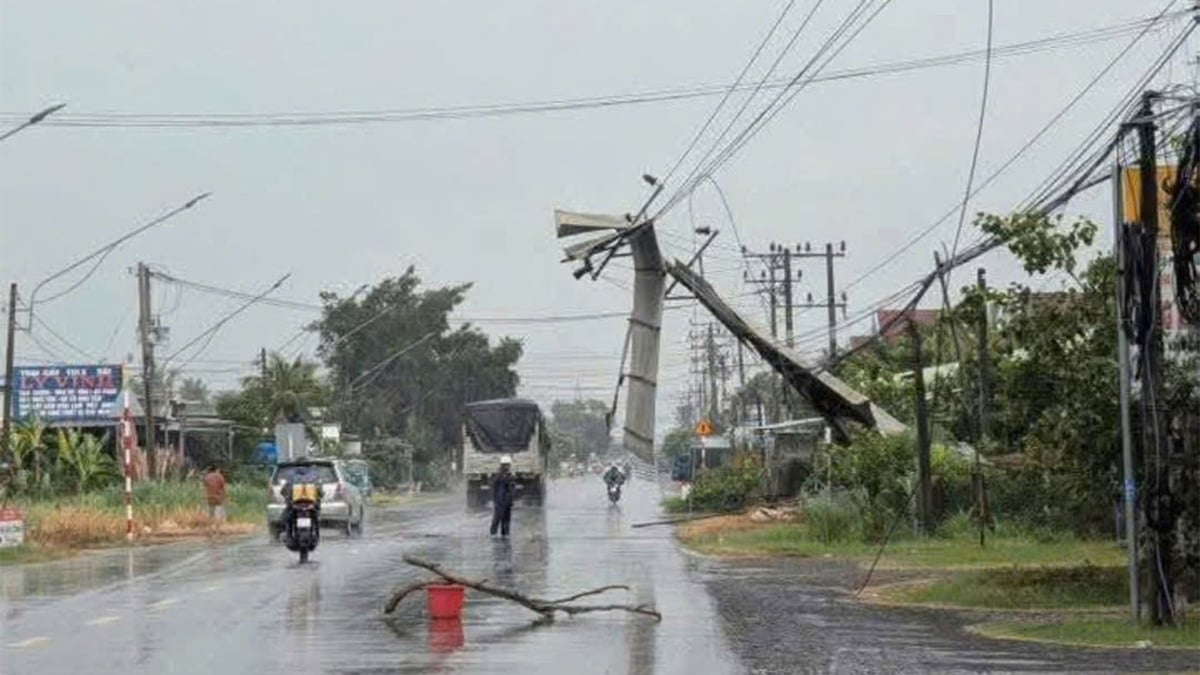
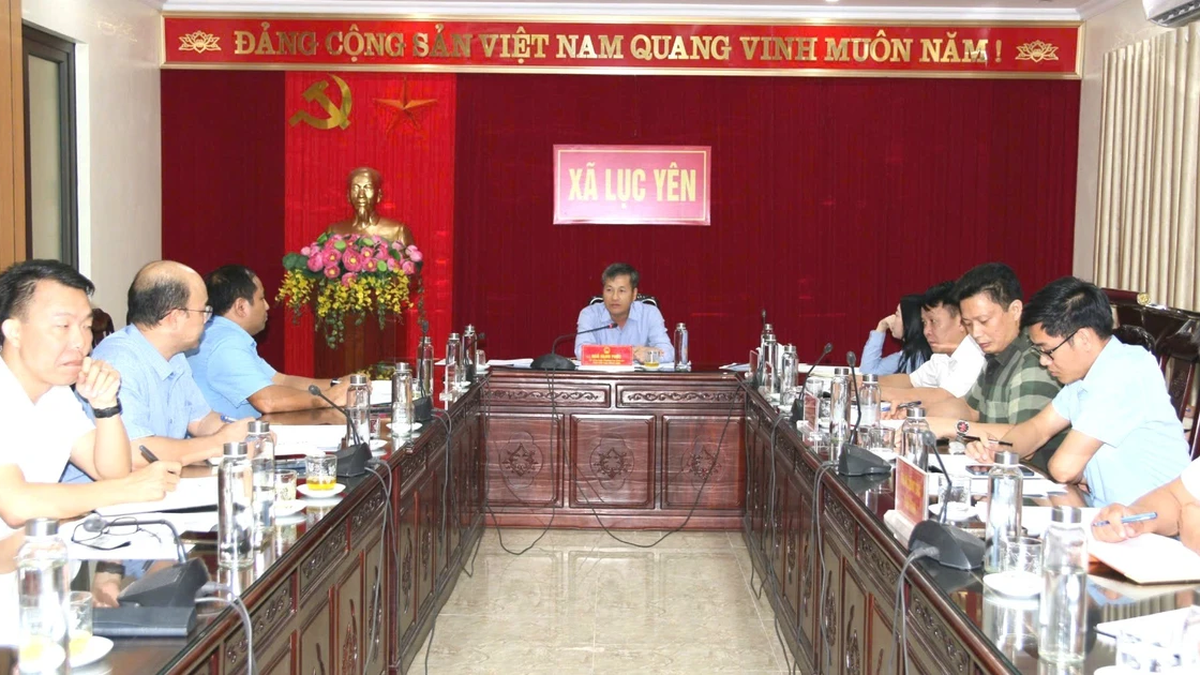
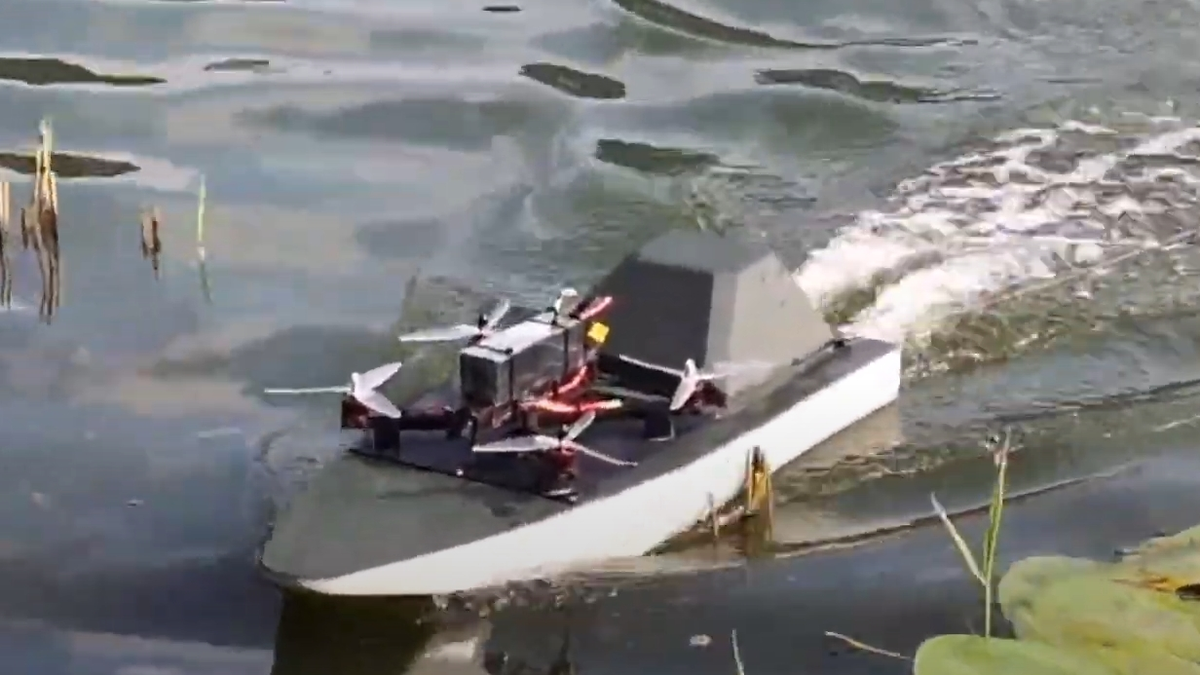
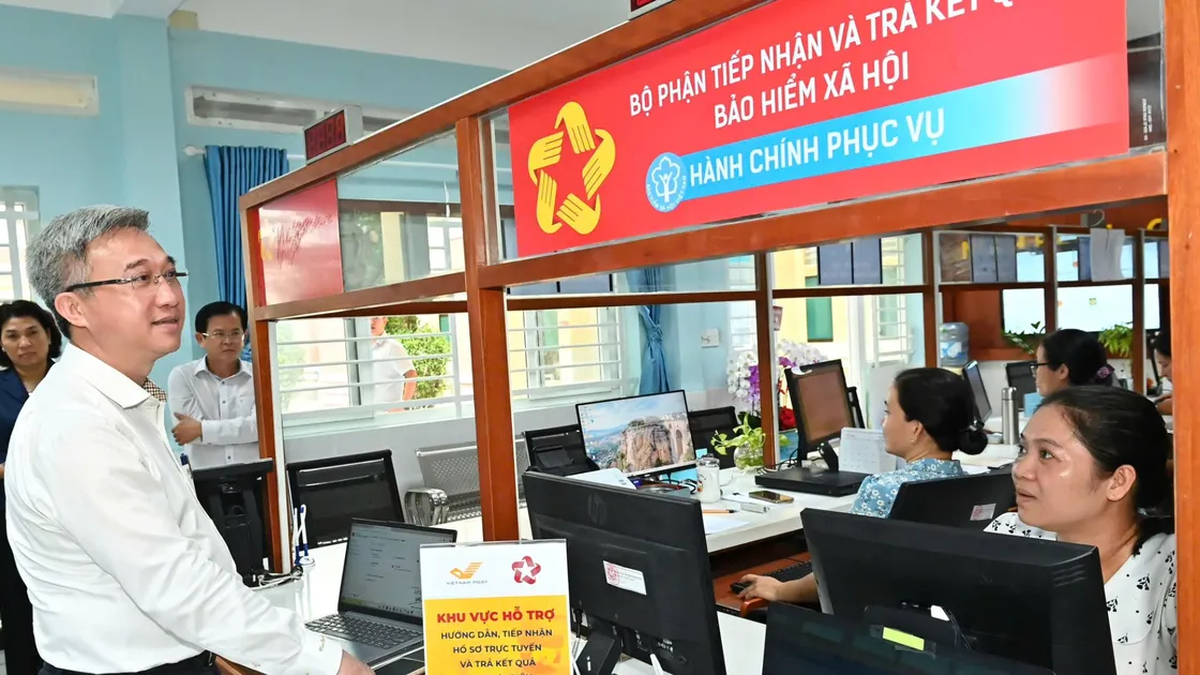
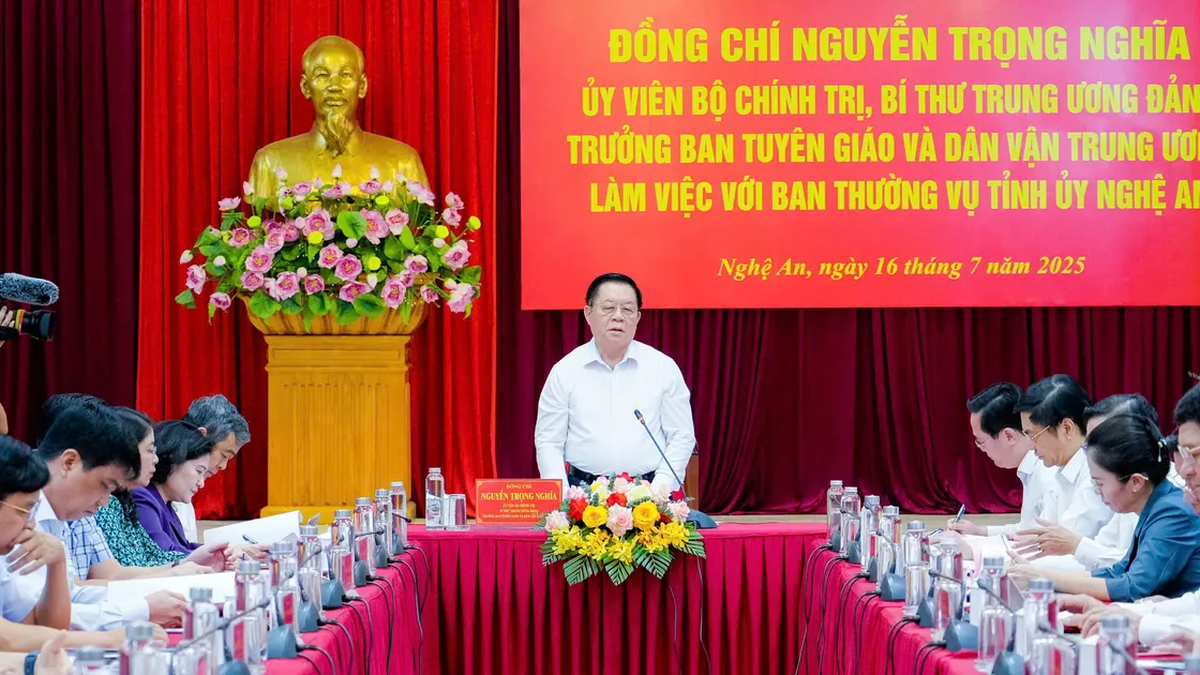

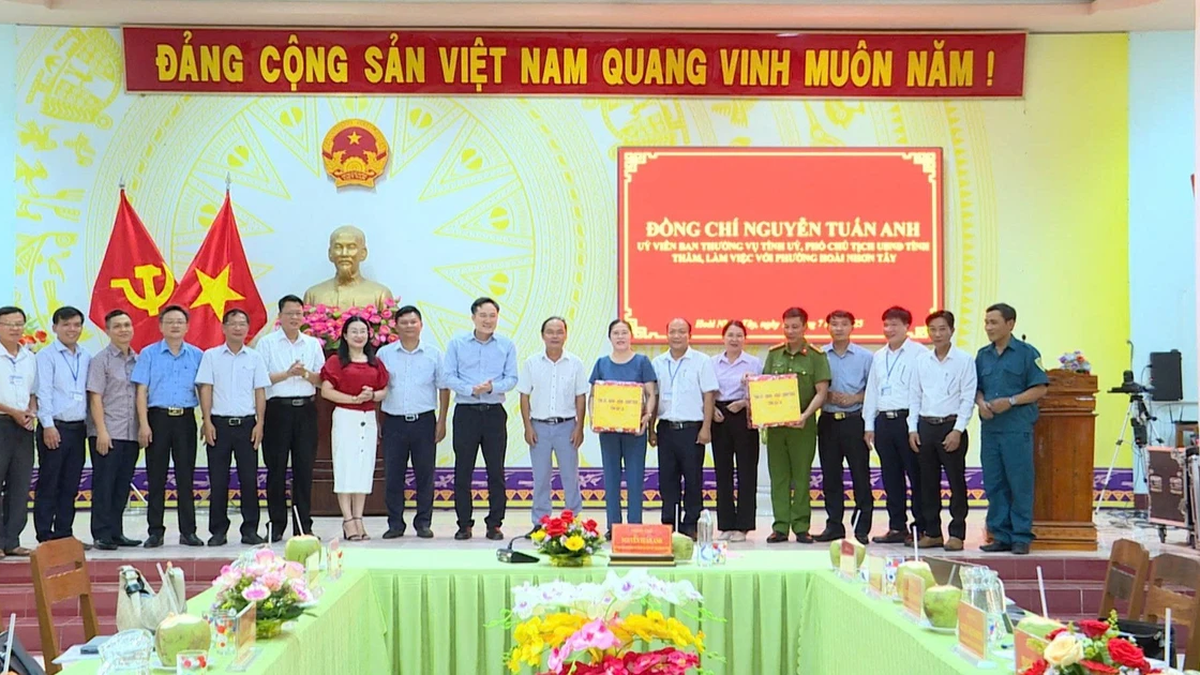

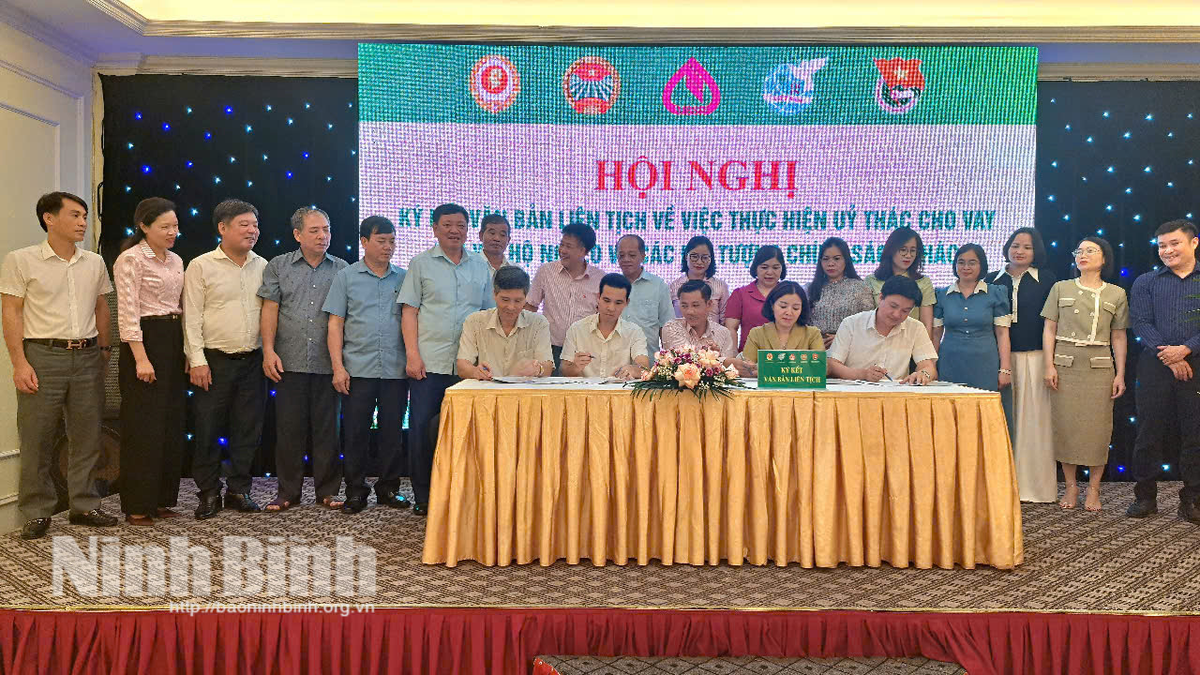









































![[Maritime News] More than 80% of global container shipping capacity is in the hands of MSC and major shipping alliances](https://vphoto.vietnam.vn/thumb/402x226/vietnam/resource/IMAGE/2025/7/16/6b4d586c984b4cbf8c5680352b9eaeb0)












































Comment (0)